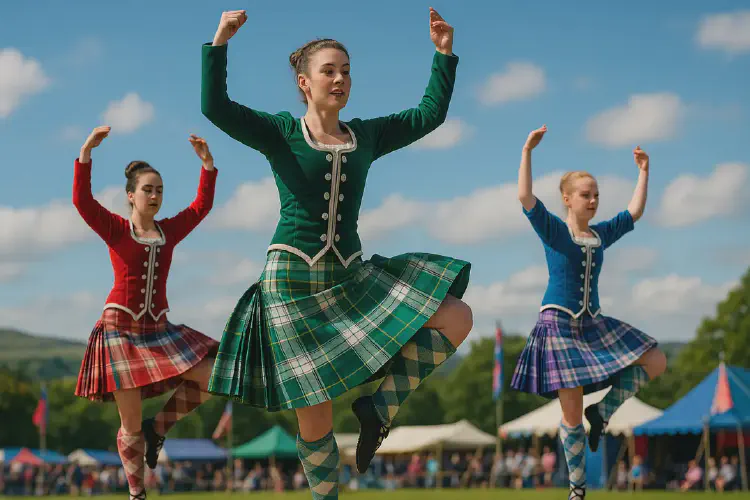Scottish culture and traditions
Scottish culture is a vibrant blend of ancient traditions and modern creativity. From music and dance to language and dress, these customs shape everyday life and leave a lasting impression on visitors.
- Scotland Tours
- 2 min read

The Sound of Scotland: Music and Dance
Few things are more iconic than the sound of bagpipes echoing across the Highlands. Traditional Scottish music is lively and often accompanied by fiddles and drums. Ceilidhs, community dances with energetic reels and jigs, remain a popular way to celebrate weddings, festivals, and gatherings.
National Dress and Symbols
The kilt, woven from tartan patterns linked to clans, is a global symbol of Scottish identity. While not worn daily, kilts are proudly displayed at formal occasions, Highland Games, and cultural festivals. Other symbols include the thistle (Scotland’s national flower) and the Saltire (the blue-and-white flag of St. Andrew).
Festivals and Celebrations
Scotland is famous for its festivals:
- Burns Night (January 25): A celebration of the poet Robert Burns, with haggis, whisky, and poetry recitals.
- Hogmanay (New Year’s Eve): One of the world’s most vibrant New Year celebrations, featuring street parties and fireworks.
- Highland Games: Showcasing athletic events, dancing, and piping, often held in small towns across the country.
Languages of Scotland
Scotland has three main languages:
- English (the most widely spoken)
- Scots (a Germanic language related to English, rich in poetry and folklore)
- Scottish Gaelic (spoken mainly in the Highlands and Islands, a key part of cultural heritage)
Food and Drink Traditions
Scottish cuisine reflects both history and landscape. From haggis, neeps, and tatties to fresh salmon and whisky, meals often carry deep cultural symbolism. Sharing food and drink is an important part of hospitality.
Storytelling and Folklore
Scotland has a rich tradition of myths and legends—fairies, selkies, kelpies, and tales of brave warriors. Folklore continues to inspire writers, artists, and filmmakers around the world.
A Living Culture
Scottish traditions aren’t relics—they evolve and adapt. Modern Scotland blends ancient customs with new influences, making it a place where past and present coexist. Visitors can witness this fusion in music festivals, art exhibitions, and even daily life in cities and villages.
For travelers, embracing Scotland’s culture means joining a ceilidh, tasting local dishes, listening to a piper on a cobbled street, and discovering the spirit of community that defines the Scottish way of life.